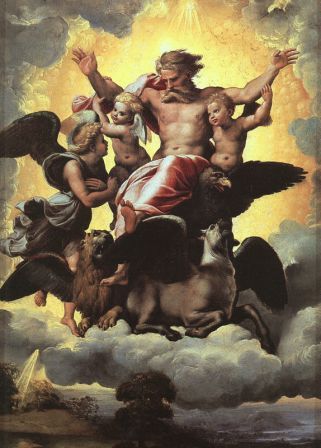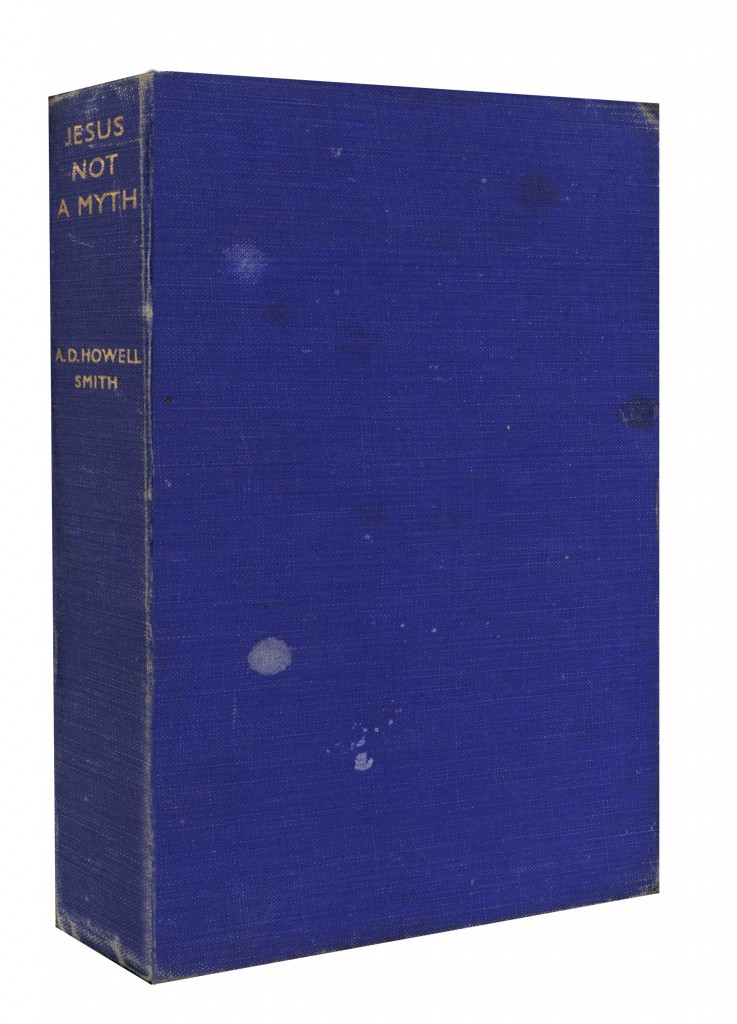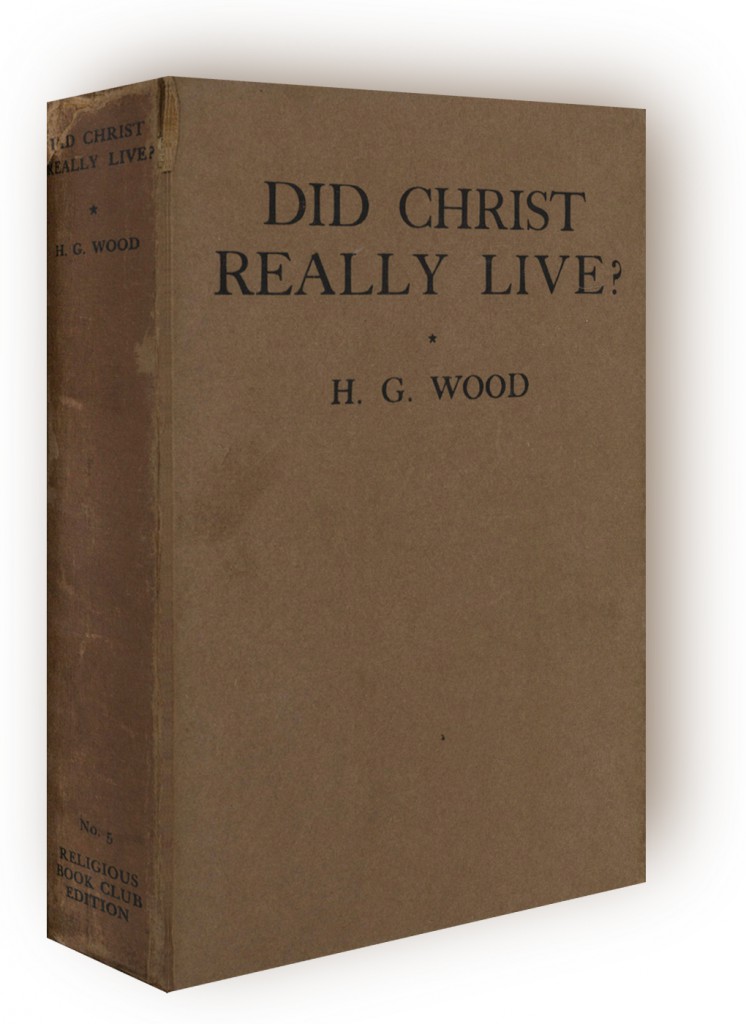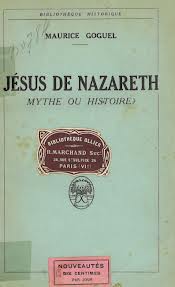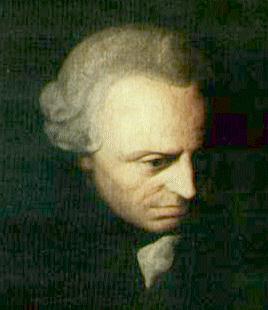
Under the Grip
I just noticed over on the Cakemix that Dr. McGrath is once again comparing Jesus mythicism to creationism. He writes:
Mythicism says: universities are so much under the grip of Christianity that mythicism cannot get a fair hearing.
As you know, the good doctor finds this idea laughable. Implicit in his short post is the notion that evolutionary biologists and biblical scholars are serious, trustworthy, trained professionals. Thus, to insist that NT scholars unfairly reject mythicism is to engage in conspiracy mongering. One of his fans (a guy named Jim) chimes in:
Yeah, great point. That’s why I disagree with the current value of the speed of light. It was arrived at by physicists, who are naturally biased because they had … well … advanced degrees in physics. The speed of light should have been determined by a group who is not biased towards physics, like say zoologists. 🙂 Isn’t it weird how science departments are full of faculty that have science backgrounds, and departments focusing on Christian history attract an interest group like people with Christian backgrounds. … (just being a bit of a jerk here 🙂 )
But Dr. Jimmy tells Mr. Jim:
I don’t think you’re being a jerk. I think such snarcasm is called for.
When considering NT scholars, McGrath, of course, isn’t talking about those teaching at universities with a confessional bias.
There certainly are scholars at religiously-affiliated institutions, and I could certainly understand atheists viewing such figures with suspicion and ignoring what they have to say. But people like Ehrman and myself who teach at secular universities do not need to be placed in the same category, do we? And as for having Christian backgrounds, how many professional scientists are from Christian backgrounds, and how many are at least nominally Christians? I am confident that, if such a background does not invalidate the conclusions of mainstream biology, neither does it invalidate the conclusions of mainstream history.
He’s got one thing right: I would never put Ehrman and McGrath in the same category.
Continue reading “Under the Grip of Christianity: New Testament Scholars and the Myth of Transparent Fiction”


